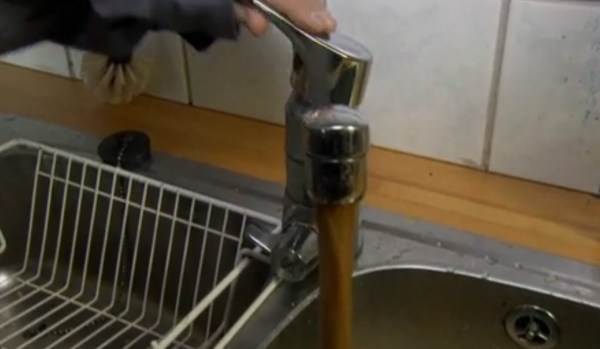There is a public menace on the streets of Perth, Australia: two motorized picnic tables. Police are looking for the drivers of the, erm, vehicles, which were seen cruising down the West Coast Highway, complete with passenger casually sitting on the tables having a drink. It looks like the two picnic tables are being driven by a centrally mounted lawnmower motor and are controlled from one of the seats. The police are interested because it is illegal to drive something on the public road in Australia that isn’t properly licensed. I’ll bet that his insurance probably doesn’t cover taking it out for a spin on the highway, either. The accompanying TV news report does not identify the person responsible, but they claim have spoken to the builder, who says that the two tables can manage up to 50 miles per hour. They claim that he is even working on an upgraded model that includes a built-in barbecue, which could bring a whole new meaning to the term drive-thru.
Continue reading “Motorized Picnic Table Terrorizes Perth Streets”





 Wanting to send a message to at least a few people in China, the members of the hackerspace had to think laterally. Metalab member [amir] came up with a way to encode data that could be printed on t-shirts. These bright, colorful squares featured in all of the interviews with Metalab members carried messages like, “free tibet!”, “remember tian’anmen 1989” and “question the government. dont trust the propaganda”
Wanting to send a message to at least a few people in China, the members of the hackerspace had to think laterally. Metalab member [amir] came up with a way to encode data that could be printed on t-shirts. These bright, colorful squares featured in all of the interviews with Metalab members carried messages like, “free tibet!”, “remember tian’anmen 1989” and “question the government. dont trust the propaganda”












